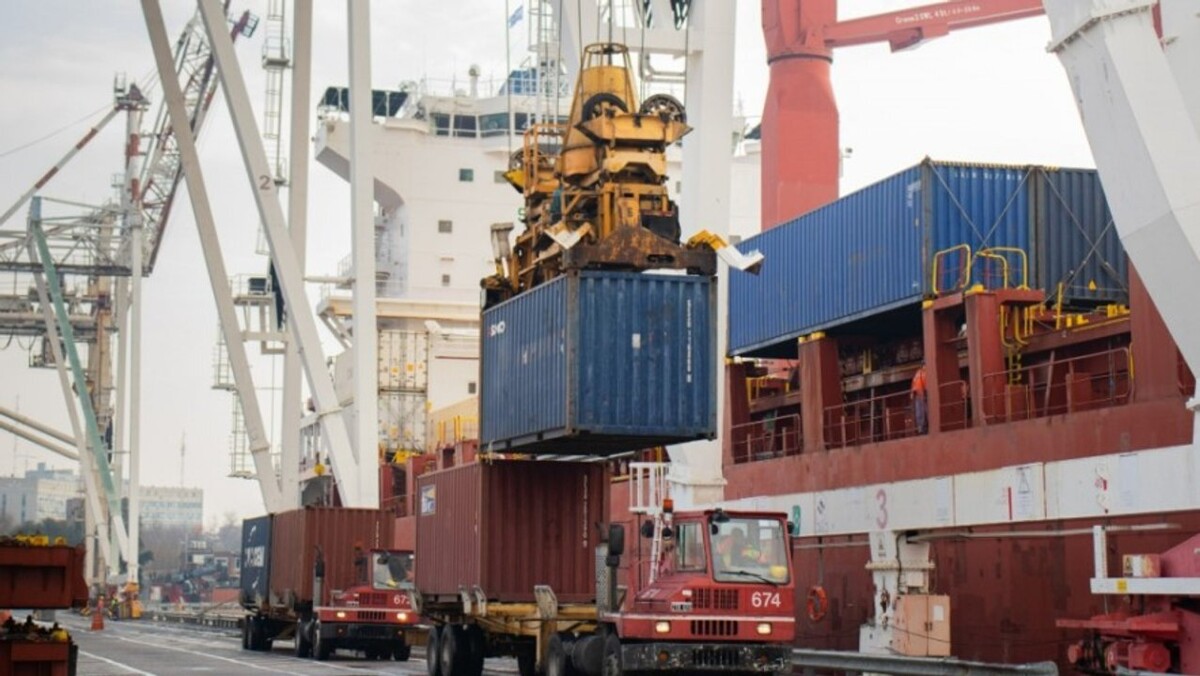
The Export Monitor of Regional Economies (MEER) closed in 2024, published by the Argentine Confederation of Medium-Sized Enterprises (CAME), revealed interesting data about Argentine exports. Among the products that generated the most foreign currency is peanuts, mainly from Córdoba, which accounted for 17.5% of the total exported. Following this are the wine, livestock, aquaculture, and forestry sectors.
One of the significant growths in exports was observed in the sugar sector, which reached an increase of 587.4% compared to the previous period, with 549,893 tons exported. This increase is attributed to a favorable climatic year that boosted the production and export of surpluses, as explained by CAME. Another notable sector was the cotton complex, which showed an increase of 115.1% in its exports.
In contrast to the regional performance, exports of regional products dispatched from the Autonomous City of Buenos Aires (CABA) reached 3,257 million dollars, representing 37% of the national total. This fact demonstrates the concentration of exports in the capital of the country, where companies based in CABA dispatched a considerable amount of regional products.
Despite the notable export activity in Buenos Aires, the reality at the Port of Buenos Aires presents challenges. Only two multinationals operate the main overseas outlet of Argentina, with a capacity of 1.5 million TEUs annually, which equals about 62% of the country's containers. It is worth mentioning that a TEU is the cargo capacity of a standardized 6.1-meter container.
In summary, the analysis of exports from Argentine regional economies shows a diverse landscape, with some sectors experiencing strong growth while others remain stable. The concentration of exports in Buenos Aires raises questions about the equitable distribution of export activity in the country. The modernization and expansion of infrastructures like the Port of Buenos Aires are crucial to boosting foreign trade and strengthening the national economy.













